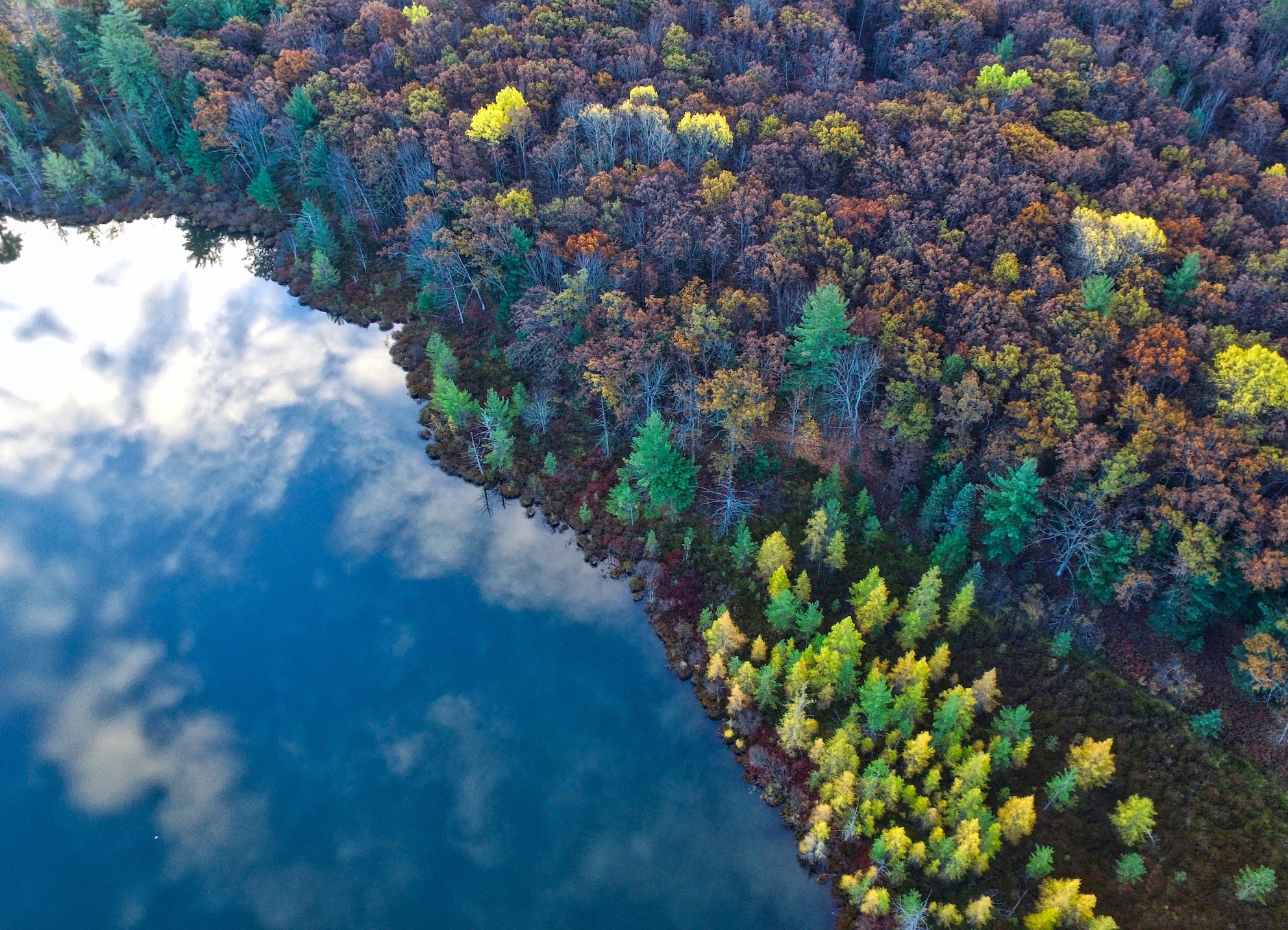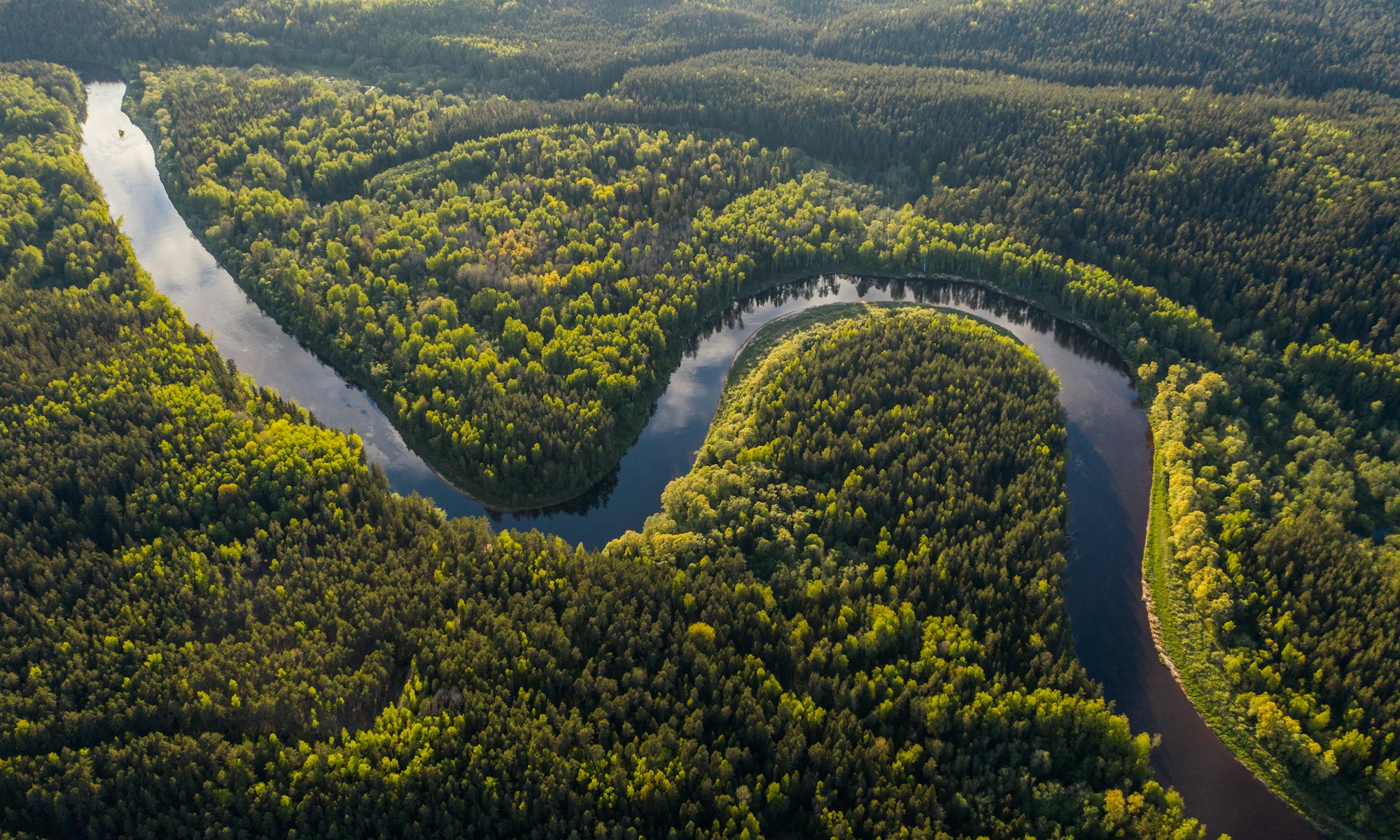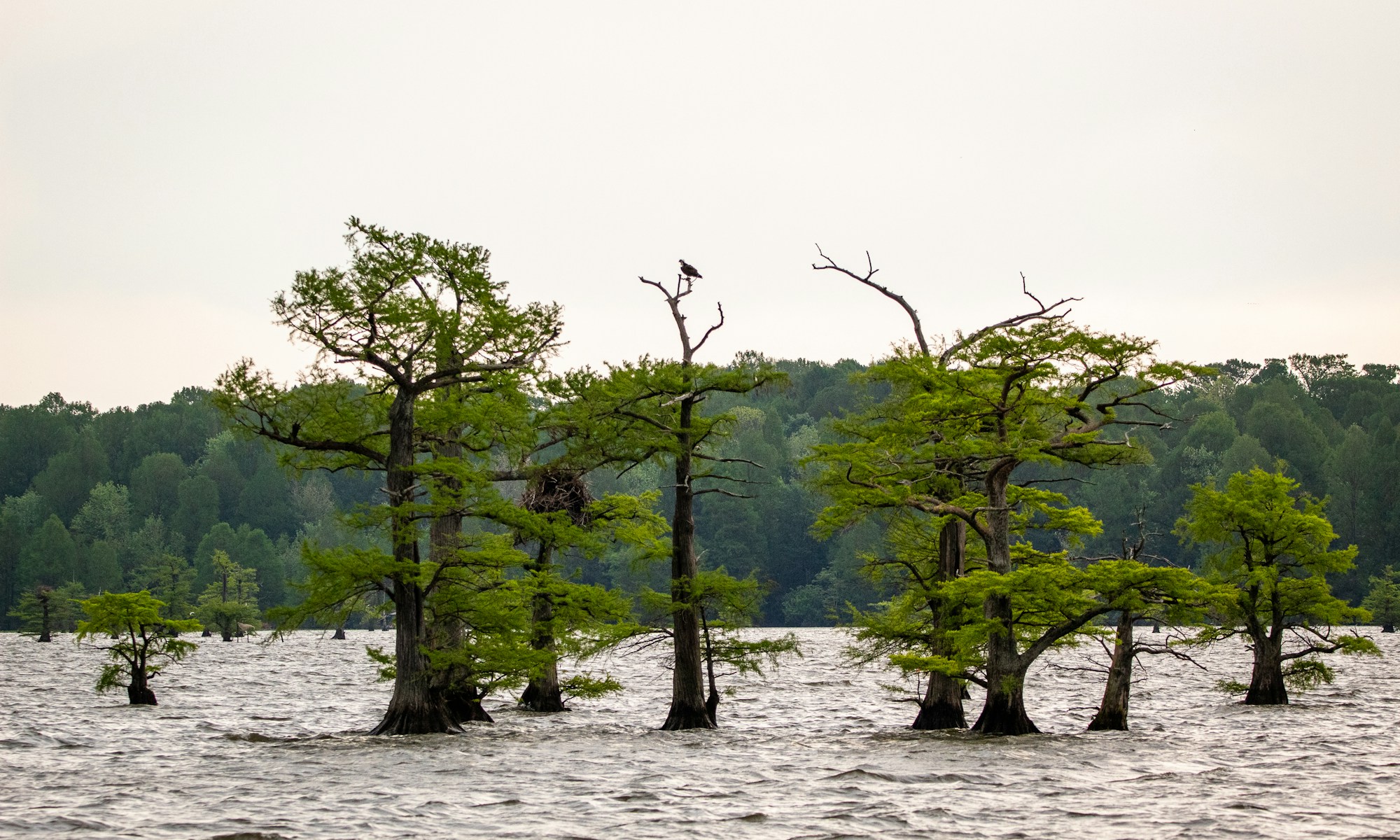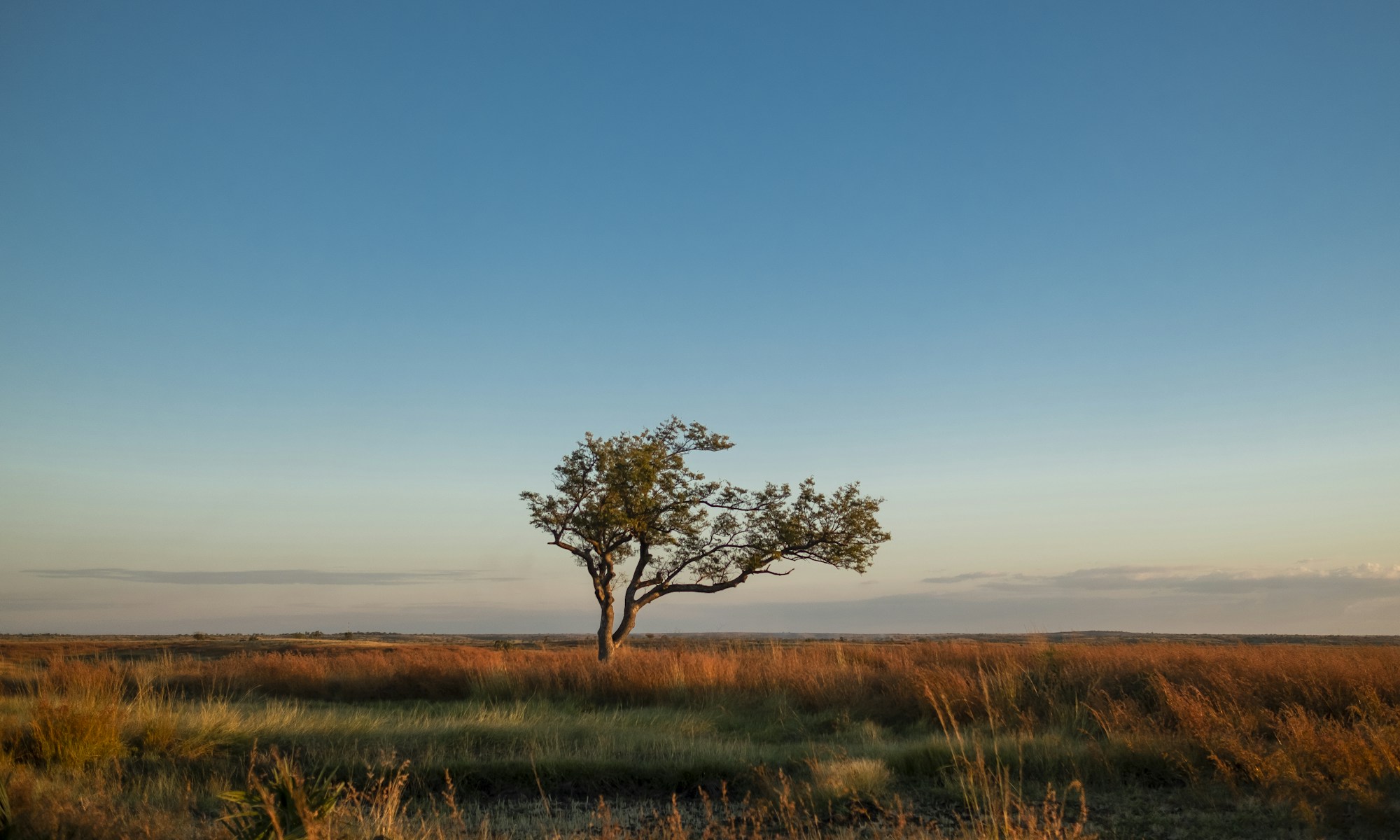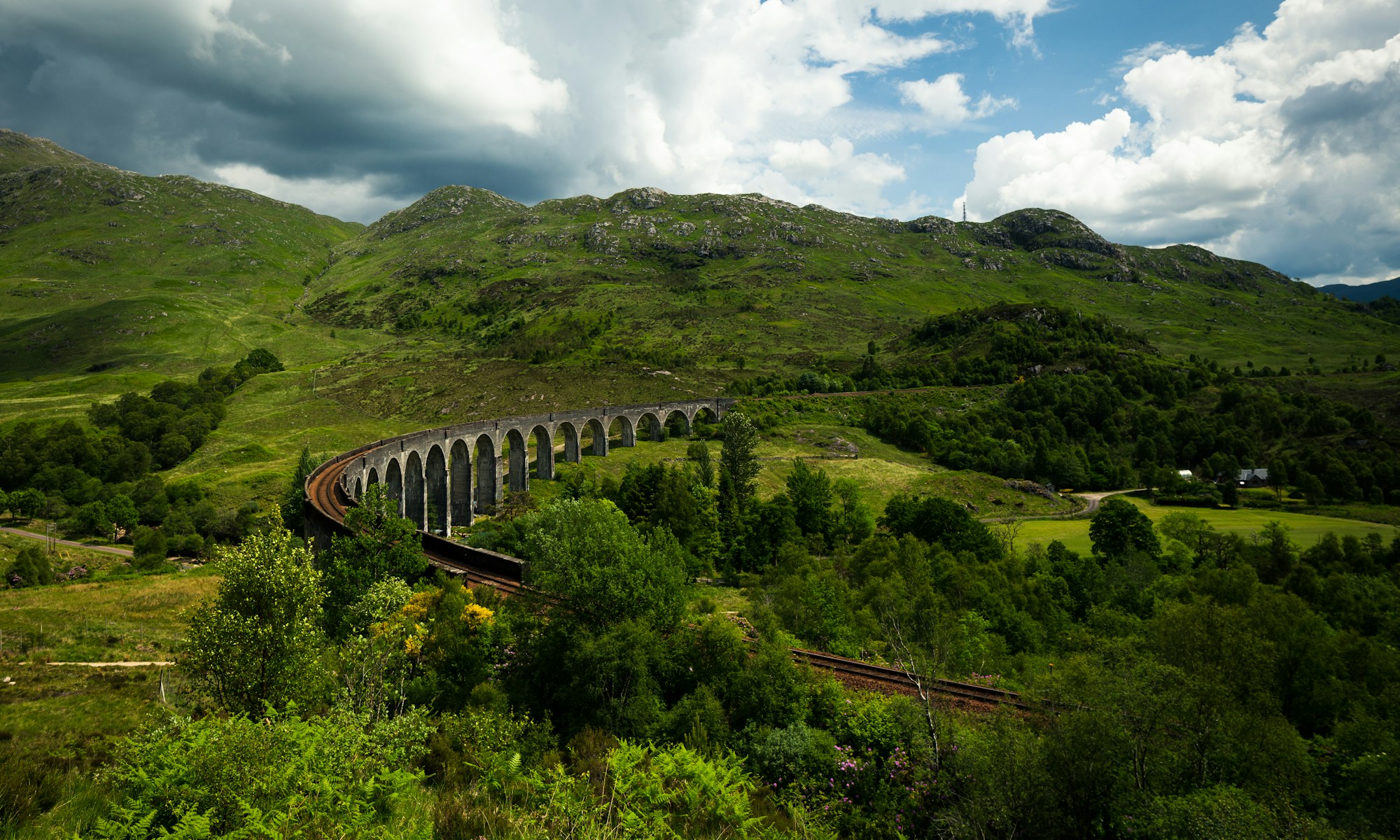24 August 2021 – by Evelyn Workman
A recent study has revealed that significant parts of the Amazon rainforest are now emitting more carbon dioxide than it absorbs. Up until recently, the Amazon has been one of the most important sinks of CO2, assisting in the absorption of the emissions causing climate change, however, this new research demonstrates that the Amazon is actually starting to help accelerate climate change.
The causes of this shift from carbon sink to carbon source are investigated in the study, published in Nature in July. It found that most of the emissions are caused by fires, many of which are deliberately started to clear land for beef and soy production. In addition to the fires, hotter temperatures and droughts also contribute to the forest becoming a CO2 source.
The researchers measured CO2 above the rainforest canopy at four different locations during the period from 2010 to 2018. At these locations 600 vertical profiles of CO2 were taken up to 4,500 m above the canopy. This allowed the researchers to investigate how the whole Amazon is changing. While previous studies have established that the Amazon’s CO2 uptake has been declining based on ground based measurements, this study is the first to use atmospheric measurements across a vast geographical area.
Lead author and researcher at Brazil’s National Institute for Space Research (INPE), Luciana Gatti, says the research highlights some bad news, that “forest burning produces around three times more CO2 than the forest absorbs.”
Additionally, she emphasised that, “the places where deforestation is 30% or more show carbon emissions 10 times higher than where deforestation is lower than 20%.”
These insights are made even more worrying by the fact that deforestation rates have been higher under Brazil’s current president, Jair Bolsonaro, than under any past administration. And deforestation is showing no sign of halting, with rates hitting a 12 year high in 2020.
“Imagine if we could prohibit fires in the Amazon – it could be a carbon sink,” said Gatti. “But we are doing the opposite – we are accelerating climate change.”
“The worst part is we don’t use science to make decisions,” she said. “People think that converting more land to agriculture will mean more productivity, but in fact we lose productivity because of the negative impact on rain.”
